BY CATHERINE PARKER
Relatively quiet most days, Granger Lake is an offthe- radar recreational destination in eastern Williamson County with plenty to offer anglers, boaters, campers and day-trippers — and for the curious, perhaps a headless ghost, according to some.
Fed primarily by the San Gabriel River and Willis Creek on the west, this Army Corps of Engineers reservoir is located east of Texas 95 between Taylor and Granger.
With construction starting in 1972, Granger Lake became fully operational in 1980. Built to manage floodwaters and supply the area with water, the Forth Worth District of the corps manages the lake and its dam.
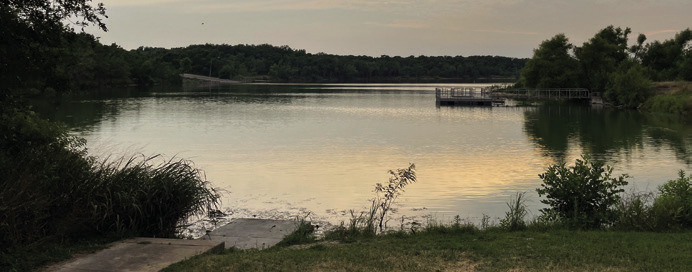
There are four parks — Taylor Park, Willis Creek Park, Wilson H. Fox Park and Friendship Park.
The 4,009-acre waterway reaches a maximum depth of 50 feet, maintained by the 16,000-foot long Granger Dam, located on the eastern edge. It is one of 11 reservoirs in the Brazos River basin.
Surrounded by public land, the area lacks the development of most Central Texas lakes.
Newer residents are seemingly unaware of the recreational opportunities available at Granger Lake and the surrounding land, from boating, fishing and hunting to hiking and wildlife viewing.
n WILSON H. FOX PARK 401 Granger Dam Road Hours: 6 a.m. to 8 p.m. Day fee: $5 • Campsites: $26 per night recreation.gov
As one of the developed parks on the south side of Granger Lake, the Wilson H. Fox Park was named after a local Democrat who served in the Texas House from 1935 to 1939. The park’s standout feature is its popular rock-lined, roped-off beach that attracts swimmers during the summer.
For anglers and boaters, there are two boat ramps along with a fishing dock. Families have the choice of two playgrounds and there are restrooms within the park. The space also offers dozens of covered picnic tables.
For those who want to make it a weekend, campers will find 49 reservable sites in the campground. Divided between standard spots with a covered picnic table along with enclosed shelters (outfitted with a sink and a bunk-bed platform), each offers electric and water hookups for recreational vehicles up to 50 feet long.
Several of the sites offer lake views. n TAYLOR PARK
4801 FM 1331 Hours: 6 a.m. to 8 p.m. Day fee: $5 • Campsites: $26 per night recreation.gov
Like its Wilson H. Fox Park neighbor, Taylor Park offers an additional boat ramp with a small dock. A playground, and a bathhouse with showers and flushing toilets, round out the facilities in this park.
For camping, the park offers 48 reservable sites, each with electricity and water. With covered picnic tables and a standing barbecue pit, most sites will accommodate an RV up to 50 feet in length.
Comanche Bluff Trail trailhead is near the Taylor Park entrance. The most traveled section of the unfinished path connects the east and west trailhead in Taylor Park, covering a distance of 1.6 miles.
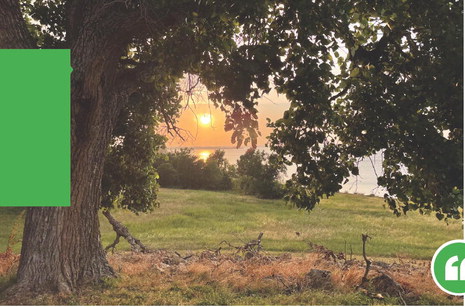
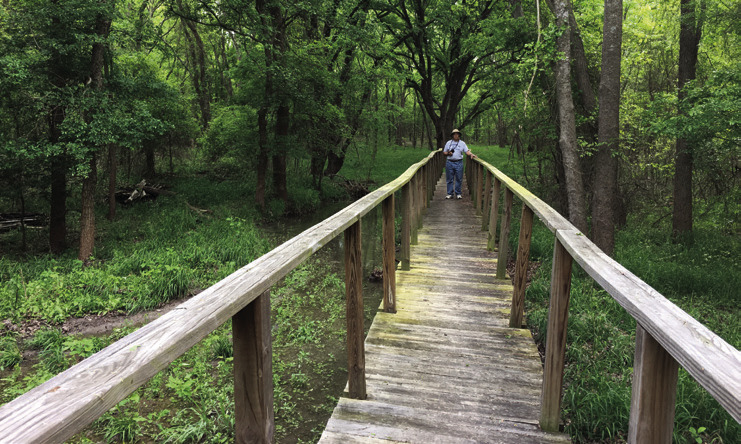
n THE HAUNTING OF HOXIE BRIDGE
Horse and buggies first used the metal 8-panel pin-connected Pratt through truss Hoxie Bridge, which was known to wash out with flooding. It was relocated to its present spot along the Comanche Bluff Trail before rising lake water could engulf it. In 1978, cranes hoisted the bridge from its old location, according to reports from the online “Williamson County VF: Bridges: Hoxie — Ghosts.”
Showing signs of age in its second life as a pedestrian bridge, hikers along the Comanche Bluff Trail often bypass the bridge as they traverse a usually dry creek bed. However, according to local lore, it was haunted by a headless spirit only seen on Fridays at midnight during a full moon.
According to reports in the Austin American-Statesman in 1981, the late Rudolph Polasek saw the ghost as a young man. Said to be a former worker on the bridge, the apparition lost his head to a shotgun-wielding foreman in the 1920s.
n WILLIS CREEK PARK
2900 CR 348 Hours: 6 a.m. to sunset Day fee: $5 Campsites: start at $22 per night recreation.gov
Willis Creek Park on the west side of Granger Lake is a developed space nestled among wildlife areas. It is just south of Willis Creek, an inlet to the lake. Known for its equestrian area, it features six trails, ranging from 1 to 5.5 miles in length, that can be combined to make for a longer trail-riding experience.
“The experience is very good for trail riders. The terrain is flat with some boggy areas, depending upon the season. There are simple obstacles like fallen logs, the water’s edge and small ravines for people either training a young horse or looking for more than a flat-out walk,” said Judy Blundell, an avid rider.
For equestrians, the area offers a horse camp with sites in a separate loop, though electricity and water are not available at those sites. The remaining 29 campsites offer the same amenities as the other Granger Lake parks.
n FRIENDHIP PARK
22350 FM 971 When: Friday, Saturday & Sunday from April through September Hours: 6 a.m. to 8 p.m. Day fee: $5 recreation.gov
According to the Texas State Historical Association, a small community called Friendship sat on FM 971 and was founded by Czech immigrants along with others. Prone to flooding, Friendship and its sister community, Allison, were dismantled and the land was sold off for the creation of Granger Lake.
Friendship Park offers a group camping area along with picnic shelters on the northern side of the lake. It is the fourth developed park along the shores of Granger Lake and features a boat ramp.
n BOATING & FISHING
Motorized boats rule Granger Lake thanks to its several launches, though the waterway is quiet compared to others in the area. According to recreation.gov, Granger Lake is one of the top crappie and white-bass destinations in Central Texas.
The crappie fishing is best in spring and sometimes during the fall, according to the Texas Parks and Wildlife Department. Catfish including channel, flathead and blue are all found in its waters.
Anglers can also land white bass in the San Gabriel River and Willis Creek during the spring.
Kayakers and canoers can paddle the San Gabriel River using the canoe launch off CR 347. The ramps at the parks can also be used for smaller boats, and trailer parking is located close by.
State biologists have detected the invasive zebra mussels, and ask boaters, anglers and visitors to clean any gear before traveling to another body of water.
n WITH LAND FOR WILDLIFE TO ROAM
Since most of the land surrounding the lake is undeveloped, wildlife rules the roost. TPWD works in conjunction with the corps to manage the natural areas, primarily located on the northern and western edges of the lake.
Licensed hunters can find coyotes, dove, quail, waterfowl and rabbits. Feral hogs are open for year-round hunting. Deer hunting in the wildlife areas are drawn hunts with an online registration through TPWD, opening each July.
Sore Finger Unit, Willis Creek Unit (separate from its park) and San Gabriel Unit offer limited amenities and all parking is located on the boundaries of the wildlife areas. The Pecan Grove Wildlife Area, positioned east of Granger Dam, features a restored prairie project dotted with wildflowers frequented by birds and butterflies.
n BIRDING AT GRANGER LAKE
With the quiet landscape of the lake, birdsong dances on the breeze. The birds pop out from their cover and start to dart between the trees.
According to the Texas Master Naturalist webpage in partnership with Texas A&M University and TPWD, “Lake Granger is one of the best birding destinations.”
Ornithologist Bert Frenz detailed the species he saw in recent visits to Granger Lake on his website, BaFrenz.com.
With scientific precision, his field notes include birding spots across the wildlife areas. He also recorded chestnutcollared longspurs, mountain plovers and burrowing owls.
Ebird.org is another resource for local birders with 339 species spotted around the lake.
The lake is part of the Central Flyway, the route that migratory birds take through North America, so popular times for birding are spring and fall. Recent birders have spotted a wide selection of avians from the double-crested cormorant and great blue heron to several species of sandpipers and ducks.

The experience is very good for trail riders.”
— JUDY BLUNDELL Avid trail rider
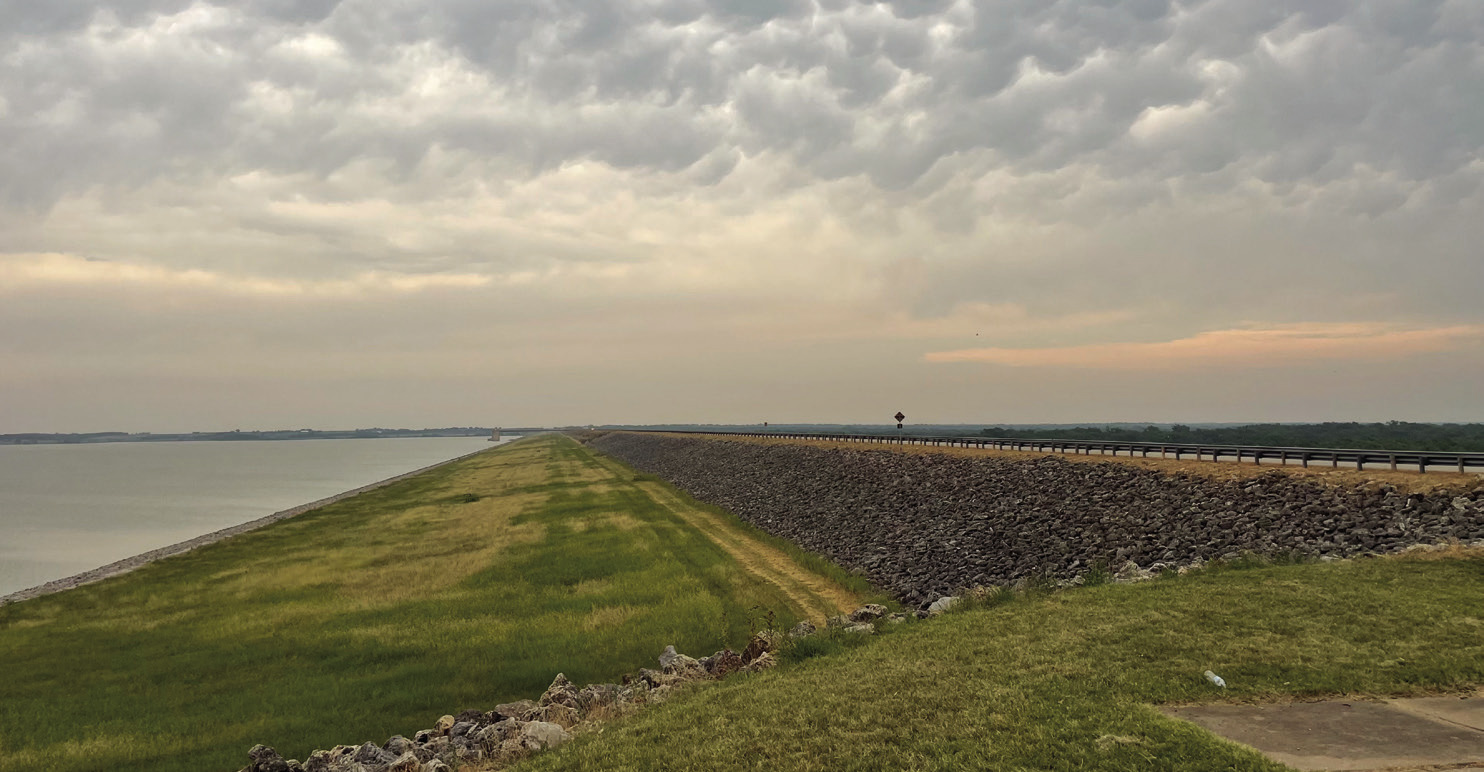
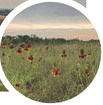







Comment
Comments